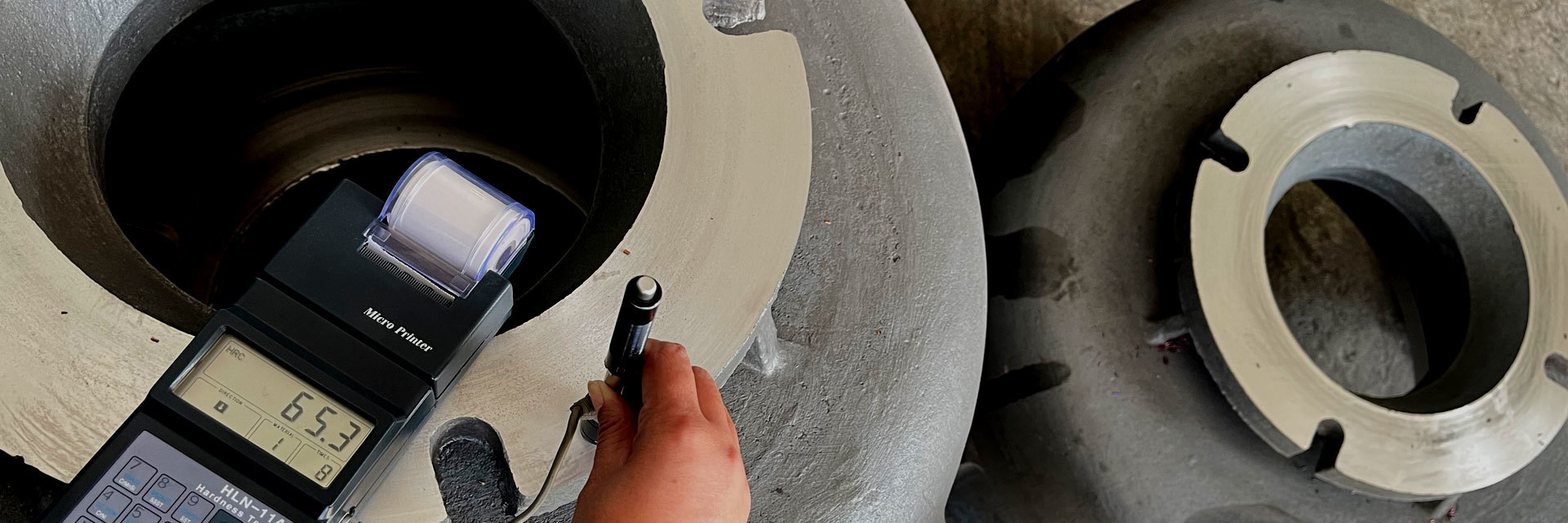During the maintenance process, the components should be cleaned, repaired, or replaced according to the maintenance plan, and then assembled.
1. Cleaning: Place the disassembled parts into a cleaning tank and use cleaning agents or high-pressure water guns to clean and remove surface dirt and oil stains. After cleaning, dry with a clean cloth or blow dry with compressed air.
2. Repair or replacement: Repair or replace worn, corroded, or damaged parts. The repair methods include welding, spraying, grinding, etc; For irreparable components, new ones should be replaced.
3. Assembly: Assemble in the reverse order of disassembly. During the assembly process, attention should be paid to parameters such as fitting clearance and tightening torque of each component to ensure assembly quality. At the same time, lubricate and seal vulnerable parts such as bearings and sealing rings.
After the maintenance is completed, it is necessary to debug and inspect the slurry pump to ensure that its performance meets the requirements.
1. Debugging: Start the slurry pump, observe its operation, and check whether the bearing temperature, shaft seal leakage, vibration, and noise are normal. If there is any abnormality, the machine should be stopped immediately for inspection and troubleshooting.
2. Acceptance: After passing the debugging, acceptance shall be carried out. The acceptance content includes the performance indicators, appearance quality, safety protection devices, etc. of the equipment. After passing the acceptance inspection, it can be put into use.
In order to extend the service life of the slurry pump and reduce the failure rate, maintenance and management after repair are equally important.
1. Regular inspection: Regularly inspect the slurry pump, including bearing temperature, shaft seal leakage, vibration, and noise, to promptly detect and address potential faults.
2. Lubrication management: Regularly lubricate the bearings to ensure that they are in good lubrication condition. At the same time, regularly replace the lubricating oil to avoid bearing damage caused by poor lubrication.
3. Cleaning and maintenance: Regularly clean and maintain the slurry pump, remove surface dirt and oil stains, and keep the equipment clean and beautiful.
4. File management: Establish maintenance files for slurry pumps, recording information such as the time, project, and replaced parts for each maintenance, providing reference for future maintenance.
Website security is an important aspect of ensuring that a website is protected from malicious attacks and data breaches. This includes using SSL encryption to transmit data, regularly backing up website content, adopting strong passwords and two factor authentication, timely updating software and plugins to compensate for vulnerabilities, and using security plugins to defend against malicious attacks.




